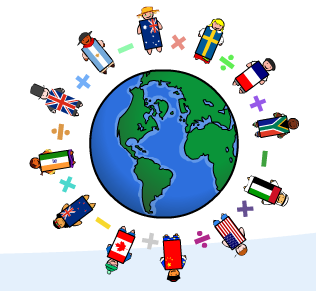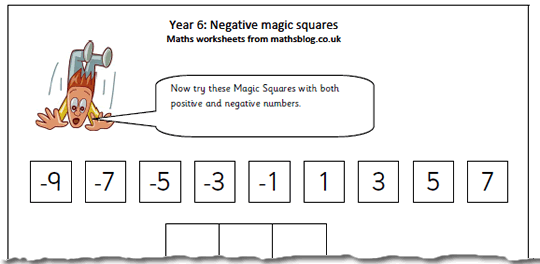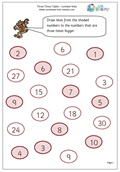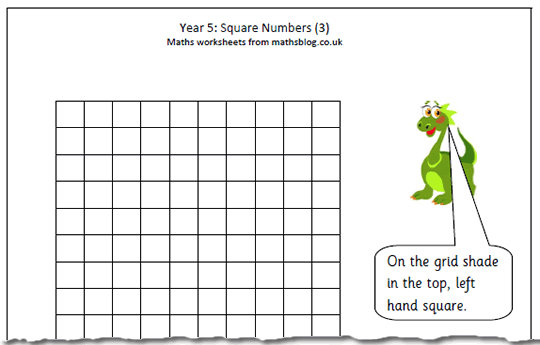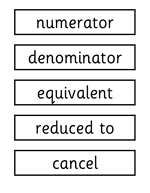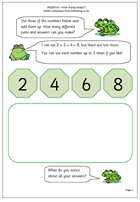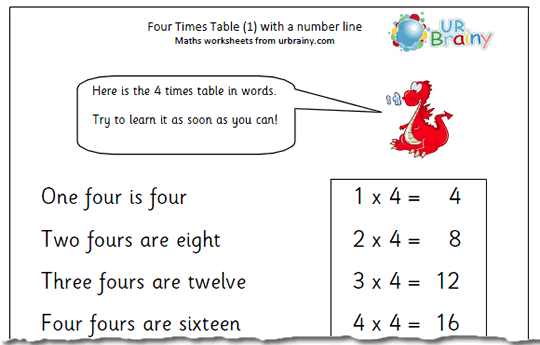March 3rd 2010 is going to be a very special day in the maths calendar. It is World Maths Day!!
In 2009 World Maths Day saw over 2 million students from 204 countries answering a staggering 452,681,681 (452 million) questions correctly – all in one day!!
This year features an exciting new format with multi-levels for all age groups. Teachers, parents and media are invited to participate for the first time.
The organisers are hoping to beat last year’s record in this year’s great mental arithmetic challenge.
Registration is free for both schools and students and registrations are already open with over one million signed up.
What’s it all about?
Students play against each other at live mental arithmetic games, in real time across the whole world. Each game lasts 60 seconds and a student can play up to 500 games (that’s over 8 hours of solid maths, but you don’t have to do that much!!)
You register to get a user name and password. When you sign in on the day the Live Mathletics game engine will search the globe for worthy opponents.
Then its GAME ON!
Each correct answer is worth one point.! Open to all ages from 5 to 18 and all ability levels.
It’s FREE and there are some great prizes.
So remember the date and keep it free for World Maths Day!
To find out more just go to:
